Do Hamsters Need Companionship?

As adorable as they are, you might think two hamsters are better than one! Be very careful though. Hamsters often prefer to be solitary creatures and can severely injure or kill a would be companion.
Hamsters are popular pets known for their small size, adorable features, and relatively low maintenance. However, one common question among hamster owners and prospective pet parents is whether they need companionship with other hamsters to keep them happy. In this article, we will delve into the nature of hamster social needs, the benefits and risks of keeping them with companions, and tips for ensuring their well-being.
Understanding Hamster Behavior
Natural Habitat and Social Structure
In the wild, hamsters are typically solitary creatures. They are territorial and often prefer living alone, especially as adults. This behavior is rooted in their natural habitat, where resources can be scarce, leading to competition. In their natural environments, hamsters roam over vast areas, foraging for food and avoiding predators. Their solitary nature is a survival mechanism, reducing competition for limited resources such as food, water, and shelter.
Territorial Instincts
Hamsters have strong territorial instincts. In a confined space like a cage, this can lead to aggression if another hamster intrudes on their territory. Understanding this instinct is crucial for deciding whether or not to introduce a companion. When two hamsters are placed together, their natural territorial behavior can lead to fights. These fights can be severe, resulting in injuries or even death. Therefore, their territorial nature must be respected, and proper care should be taken when considering housing multiple hamsters together.
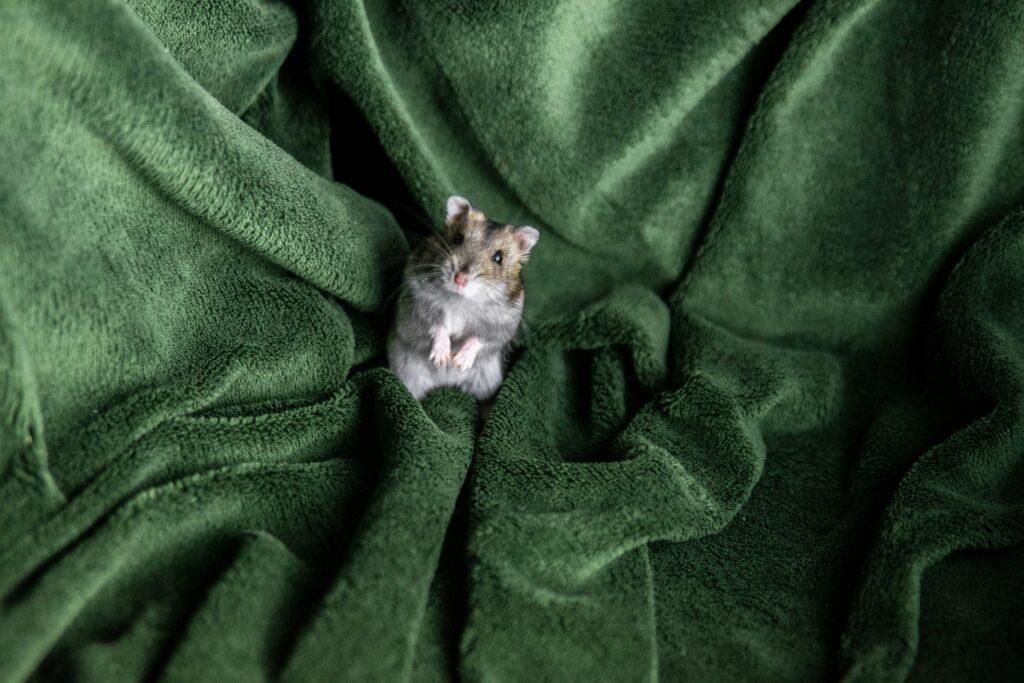
Types of Hamsters and Their Social Needs
Syrian Hamsters
Syrian hamsters are strictly solitary. They thrive when kept alone and can become aggressive if housed with other hamsters. Syrians, also known as Golden or Teddy Bear hamsters, are the largest of the common pet hamster species. Their solitary nature means they do not seek out the company of other hamsters and can become stressed or aggressive if forced to share their space.
Dwarf Hamsters
Dwarf hamsters, such as Roborovski and Campbell’s dwarf hamsters, can sometimes live peacefully in pairs or small groups. However, even among dwarf species, compatibility is not guaranteed. While they are more social than Syrian hamsters, dwarf hamsters still require careful monitoring to ensure they do not become aggressive towards each other. It’s best to introduce them at a young age and ensure they have enough space to coexist peacefully.
Chinese Hamsters
Chinese hamsters fall somewhere in between. While some can tolerate living with others, many prefer solitude, especially as they age. Their behavior can vary significantly from one individual to another. Some Chinese hamsters may get along well with others, particularly if introduced early in life, while others may develop territorial behaviors as they mature, necessitating separation.
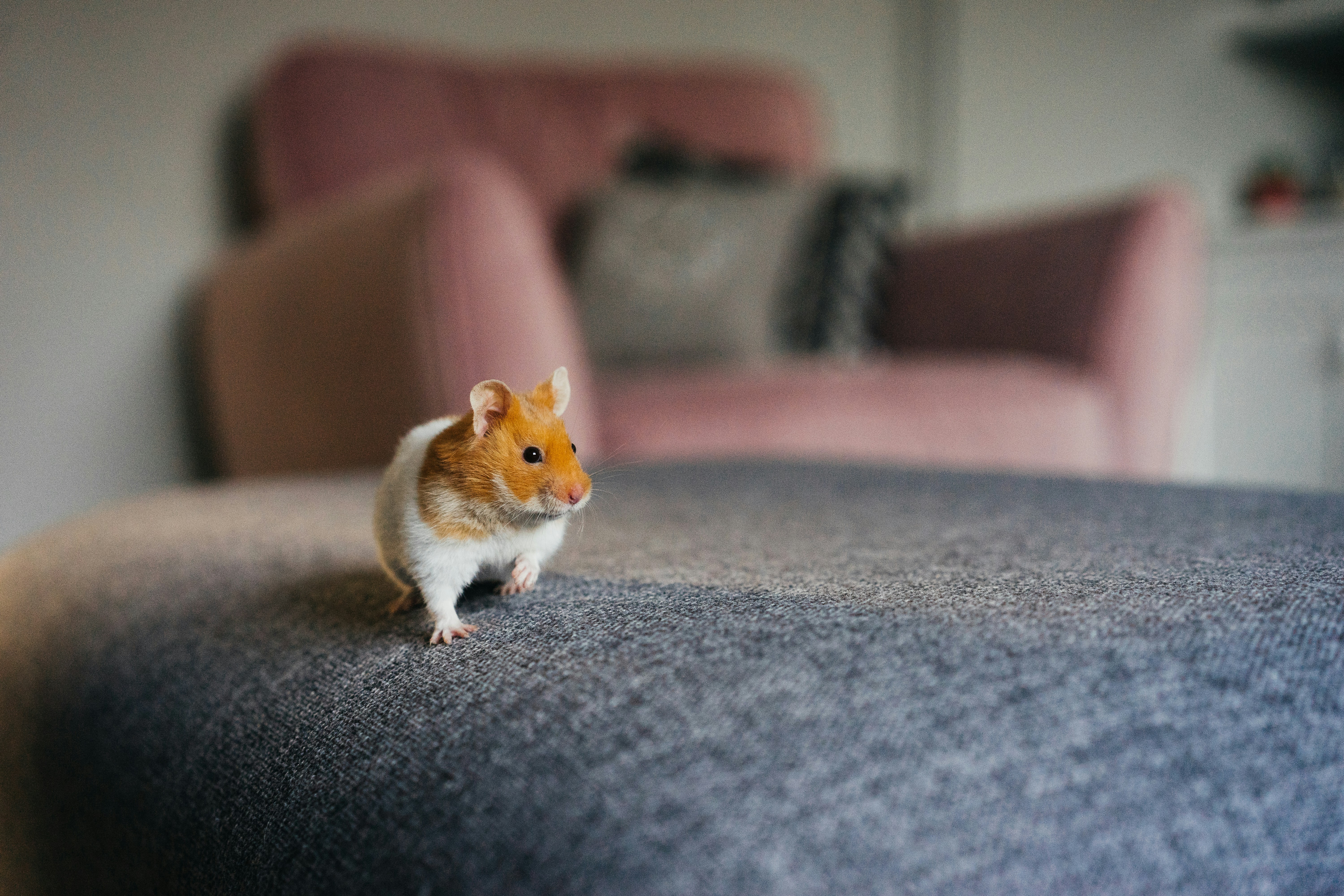
Benefits of Keeping a Single Hamster
Reduced Stress
Keeping a single hamster can reduce stress and the likelihood of territorial fights, which can result in injuries. A solitary hamster does not need to compete for resources, reducing the potential for stress-related health issues.
Easier Care
A single hamster is easier to care for in terms of feeding, cleaning, and monitoring health. There is no need to worry about disputes or ensuring multiple animals have adequate access to food, water, and space.
Stronger Bond with Owner
Solo hamsters often form stronger bonds with their owners, providing more opportunities for interaction and socialization. This bond can lead to a more rewarding pet ownership experience, as the hamster becomes more accustomed to handling and may exhibit more personality.
Simplified Health Monitoring
With only one hamster, it is easier to track health issues and behavioral changes. You can quickly notice if your hamster is not eating, appears lethargic, or shows signs of illness. Prompt attention to these issues can prevent serious health problems.
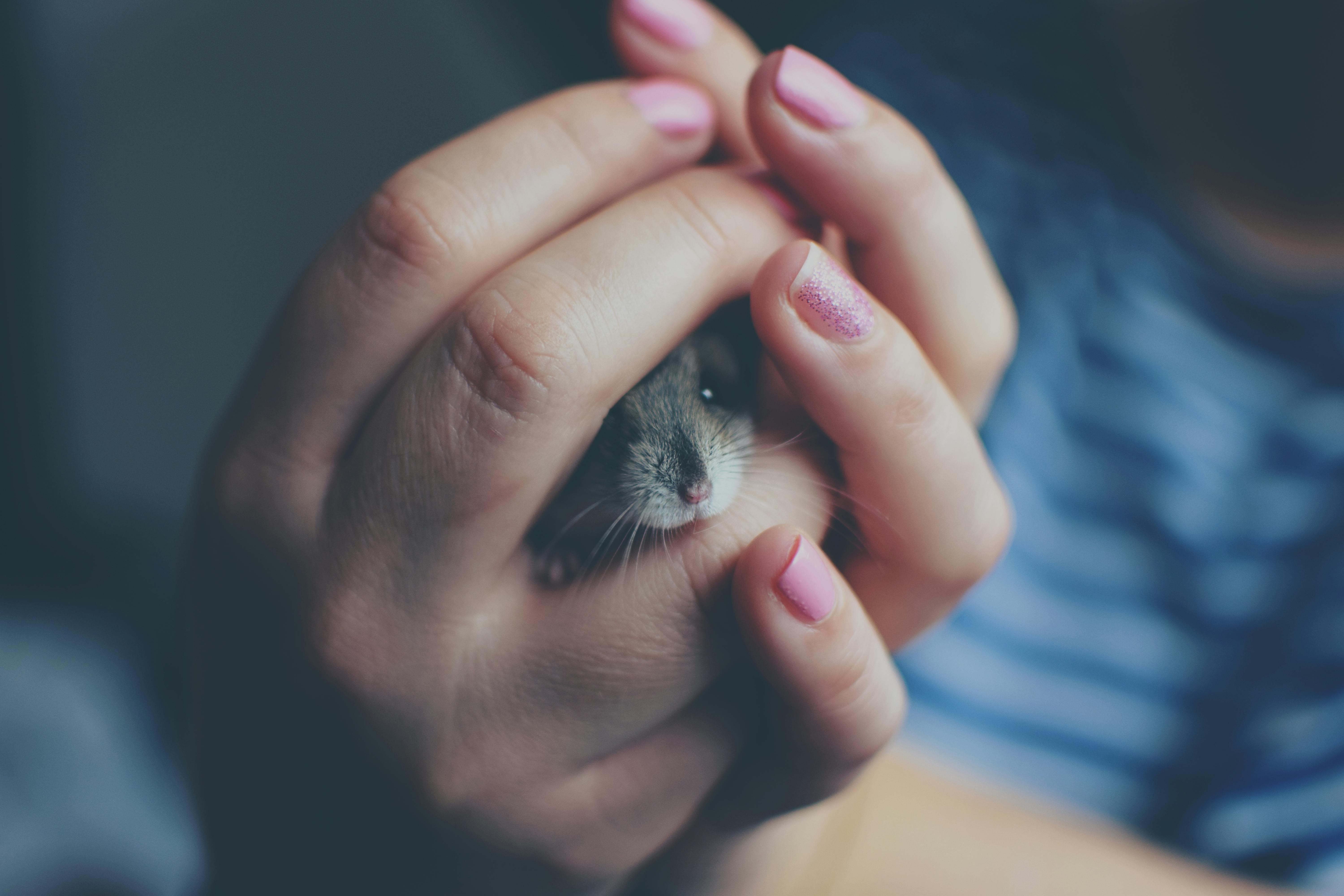
Risks of Keeping Multiple Hamsters
Aggression and Fighting
The most significant risk of keeping multiple hamsters together is aggression. Territorial disputes can lead to severe injuries or even death. Aggressive encounters are not uncommon, even among species known to tolerate cohabitation. It’s important to be prepared to separate hamsters if fights occur.
Health Issues
Fighting can cause stress and injuries, leading to health problems and increased veterinary costs. Stress from constant fighting or fear can weaken a hamster’s immune system, making them more susceptible to illnesses.
Breeding
If not properly sexed, housing male and female hamsters together can result in unplanned litters, contributing to overpopulation and additional care requirements. Breeding hamsters require specific knowledge and preparation, as caring for a litter of baby hamsters can be demanding.
Stress from Social Dynamics
Even if fighting is not an issue, the social dynamics of living with other hamsters can be stressful. Dominant individuals may bully subordinates, leading to chronic stress and health problems. Ensuring all hamsters have adequate access to resources is essential but challenging.
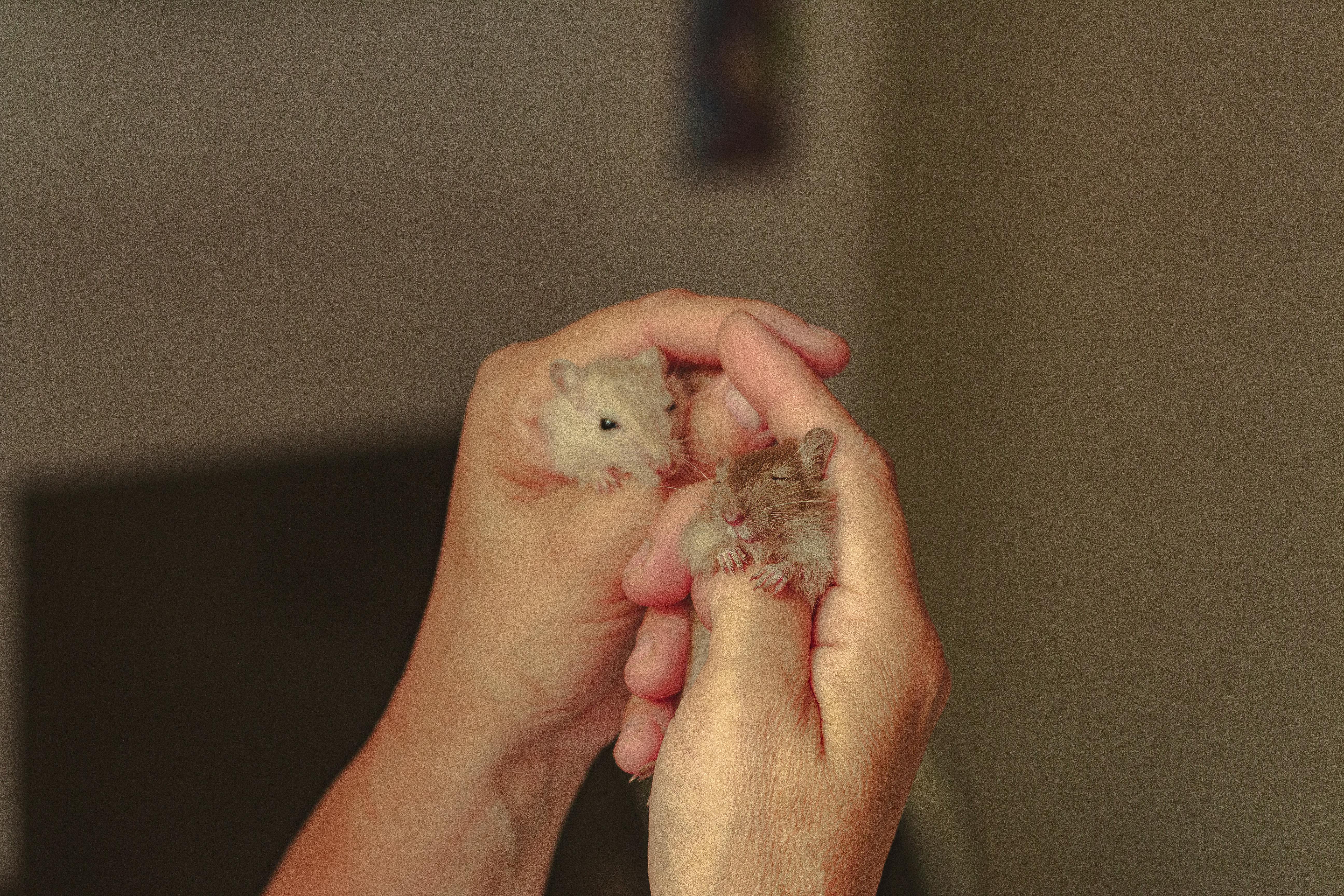
Introducing Companions: Best Practices
Choosing Compatible Pairs
If you decide to house hamsters together, choosing compatible pairs is essential. Same-sex pairs of dwarf hamsters introduced at a young age are the best candidates. It is crucial to do thorough research and possibly seek advice from experienced hamster owners or breeders.
Providing Adequate Space
A spacious cage with multiple hiding spots, food bowls, and water bottles can help reduce territorial disputes. The more space available, the less likely hamsters are to encroach on each other’s territories, reducing the potential for conflict.
Monitoring Behavior
Closely monitor your hamsters for signs of aggression or stress, especially during the initial introduction period. Watch for chasing, biting, or any signs of distress. Be prepared to intervene if necessary.
Separate Housing as a Backup
Always have a separate cage ready in case the hamsters need to be separated due to aggression or other issues. This backup plan ensures that you can quickly respond to any problems, minimizing stress and potential injuries.
Gradual Introduction
When introducing new hamsters to each other, do so gradually. Start with short, supervised interactions in a neutral area. Gradually increase the time they spend together, monitoring for any signs of aggression.
Neutral Territory
Introduce hamsters in a neutral territory, not within the confines of one hamster’s established cage. This neutral ground can help reduce territorial behavior and increase the chances of a peaceful introduction.
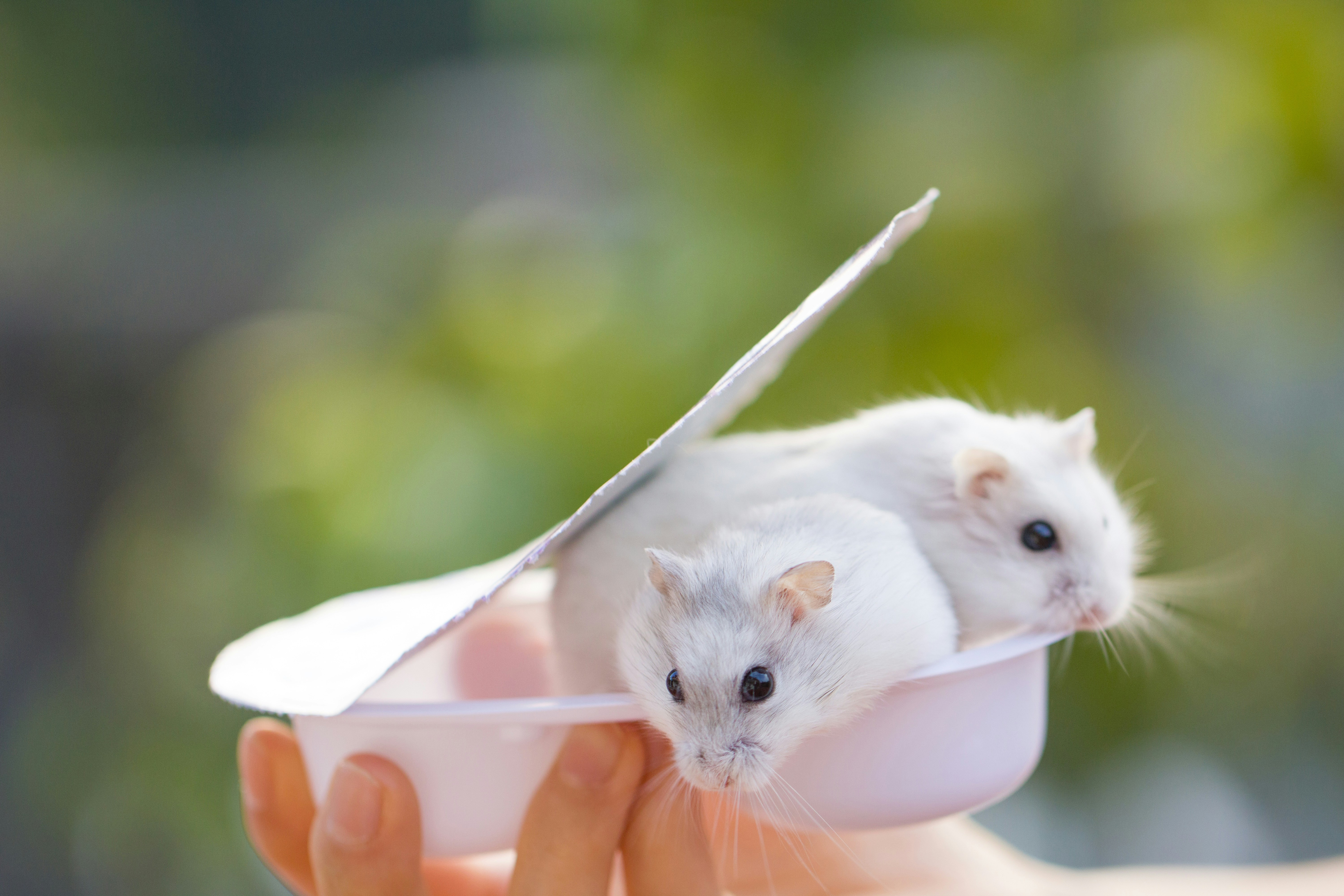
Signs Your Hamster is Lonely
Lack of Activity
A lonely hamster may become lethargic or less interested in exploring its environment. Reduced activity levels can indicate boredom or depression, particularly if your hamster previously exhibited higher energy levels.
Excessive Sleeping
While hamsters are nocturnal, an increase in sleeping during their active hours can indicate loneliness or depression. If your hamster is sleeping more than usual or seems disinterested in their usual activities, it may be a sign of loneliness.
Changes in Eating Habits
Noticeable changes in eating habits, such as overeating or loss of appetite, can be signs of loneliness. A lonely hamster might eat more out of boredom or lose interest in food due to depression.
Self-Soothing Behaviors
Lonely hamsters might develop self-soothing behaviors, such as excessive grooming or repetitive actions. These behaviors can indicate that your hamster is seeking comfort due to a lack of social interaction or environmental stimulation.
Aggression or Nipping
In some cases, a lonely or stressed hamster might become more aggressive or prone to nipping. This behavior can result from frustration or a lack of proper outlets for their energy and social needs.

Alternatives to Hamster Companionship
Human Interaction
Regular interaction with their human owners can help satisfy a hamster’s social needs. Handle them gently, talk to them, and provide mental stimulation through toys and activities. Building a bond with your hamster can be incredibly rewarding and beneficial for their mental health!
Environmental Enrichment
Provide a stimulating environment with tunnels, wheels, chew toys, and other enrichment items to keep your hamster engaged and happy. Variety is key; rotate toys and cage accessories regularly to keep their environment interesting.
Rotating Toys
Regularly rotate toys and cage accessories to keep your hamster’s environment interesting and stimulating. This rotation prevents boredom and encourages natural behaviors such as chewing and exploring.
Foraging Activities
Introduce foraging activities by hiding food around the cage. This mimics natural behaviors and provides mental stimulation. Use a variety of foods and hiding spots to keep your hamster engaged.
Puzzle Toys
Invest in puzzle toys designed for small animals. These toys challenge your hamster to solve problems to access treats, providing both mental and physical stimulation.
Safe Exploration Time
Allow your hamster safe exploration time outside of their cage in a secure area. Supervised playtime in a hamster-proofed room or playpen can provide additional exercise and enrichment.
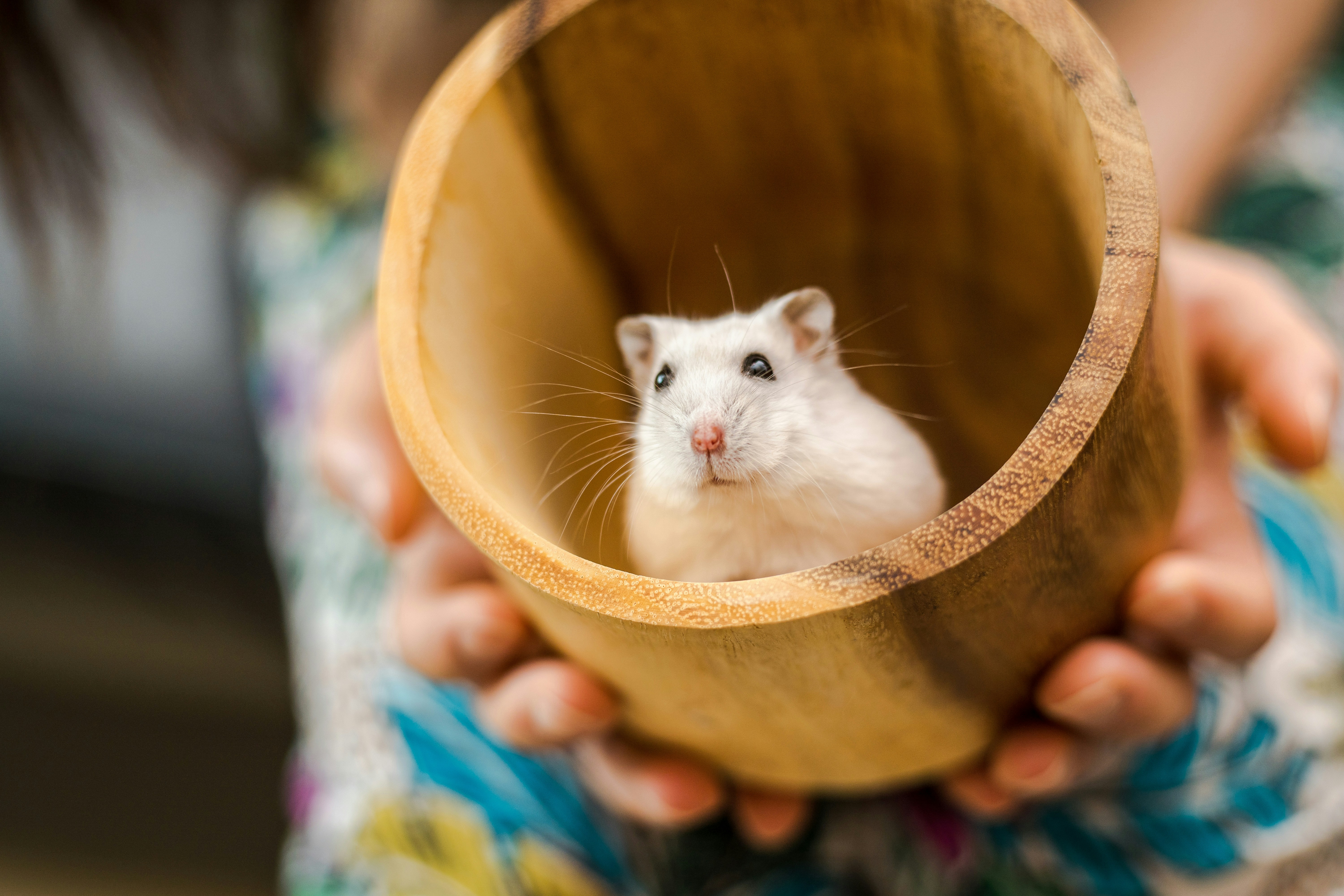
Frequently Asked Questions
Do hamsters get lonely?
Hamsters are naturally solitary animals and do not typically get lonely. However, they do require mental and physical stimulation to stay healthy and happy. Providing a stimulating environment and regular interaction can prevent feelings of loneliness.
Can hamsters live together?
While Syrian hamsters should always be kept alone, some dwarf hamster species can live together if properly introduced and monitored. However, there is always a risk of aggression. Careful management and observation are essential to ensure harmony among cohabiting hamsters.
What are the signs of a stressed hamster?
Signs of stress in hamsters include excessive grooming, lethargy, loss of appetite, and aggressive behavior. If you notice these signs, assess their living conditions and consider making changes to reduce stress. Providing a calm, enriched environment and minimizing handling during stressful periods can help alleviate stress.
How can I keep my single hamster happy?
Keep a single hamster happy by providing a spacious and enriching environment, regular human interaction, and a variety of toys and activities. Ensure their cage is equipped with plenty of hiding spots, tunnels, and chew toys. Regularly change up their environment to keep them mentally stimulated.
Is it better to have one hamster or two?
For most hamster species, it is better to have one hamster due to their solitary nature. Dwarf hamsters can sometimes live in pairs, but this requires careful management. Understanding your hamster’s specific needs and behavior is crucial for making this decision.
What should I do if my hamsters are fighting?
If your hamsters are fighting, separate them immediately to prevent injury. Provide each hamster with its own cage and ensure they have enough space and enrichment to thrive alone. Monitor both hamsters for signs of stress or injury and consult a veterinarian if necessary.
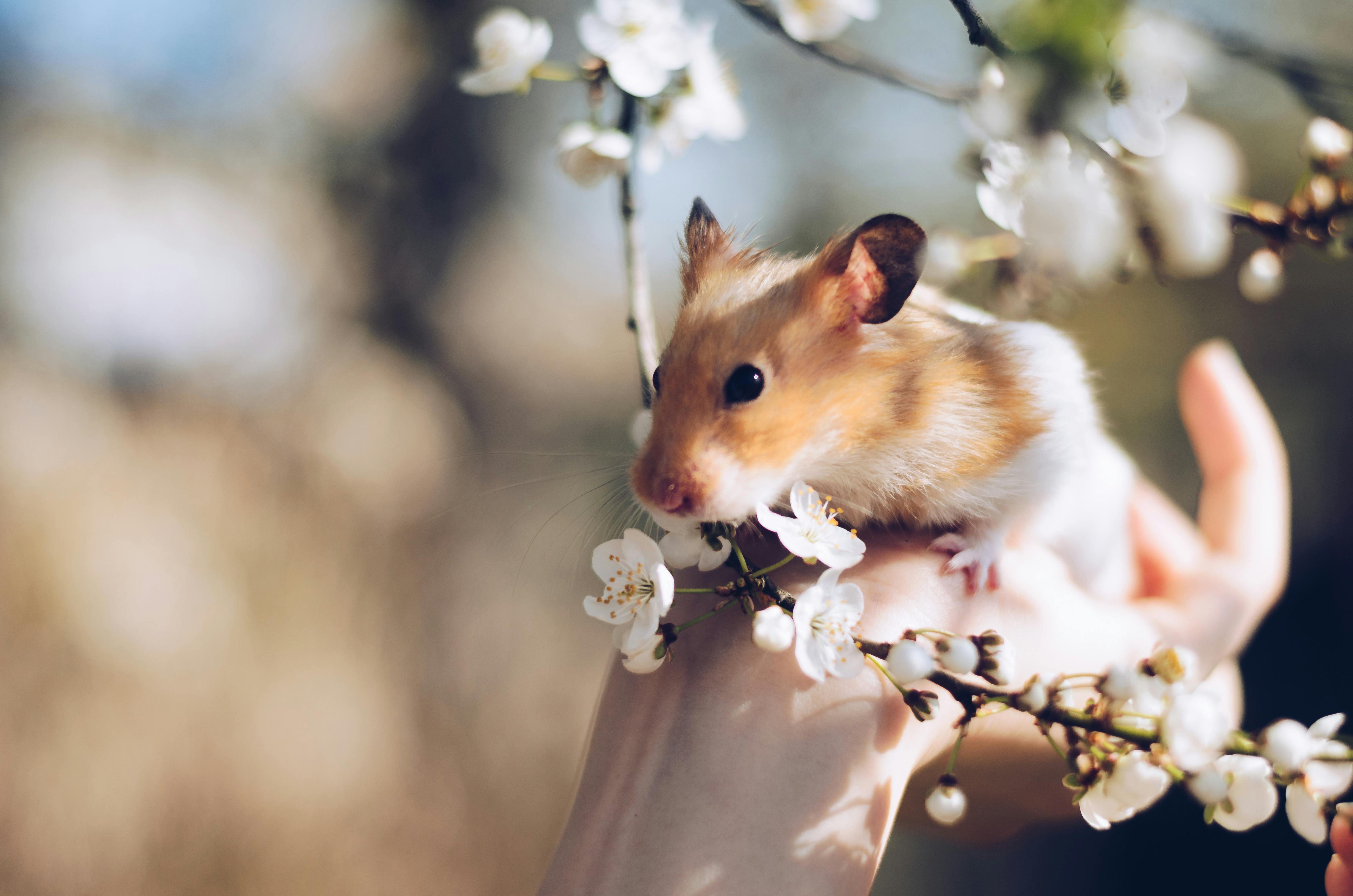
Conclusion
Whether or not hamsters need companionship depends largely on the species and individual temperament. While Syrian hamsters thrive best when kept alone, some dwarf species can coexist with careful management. Understanding your hamster’s natural behavior and providing a stimulating environment are key to ensuring their well-being. Always prioritize the health and happiness of your hamster, whether they live solo or with a companion. By being attentive to their needs and behaviors, you can create a fulfilling and enriching life for your pet hamster.






